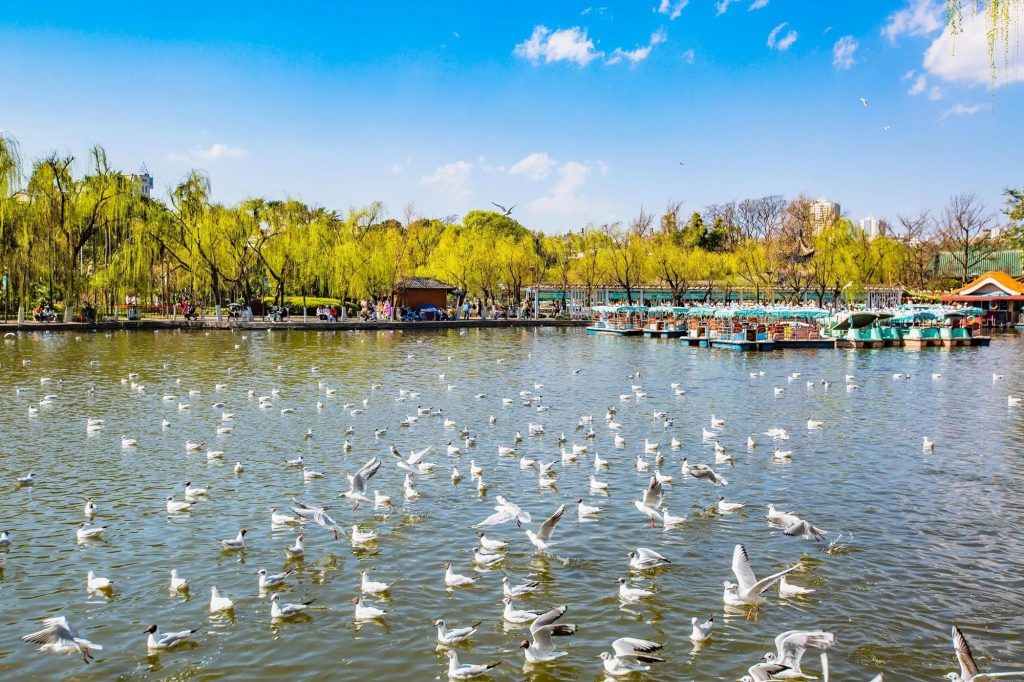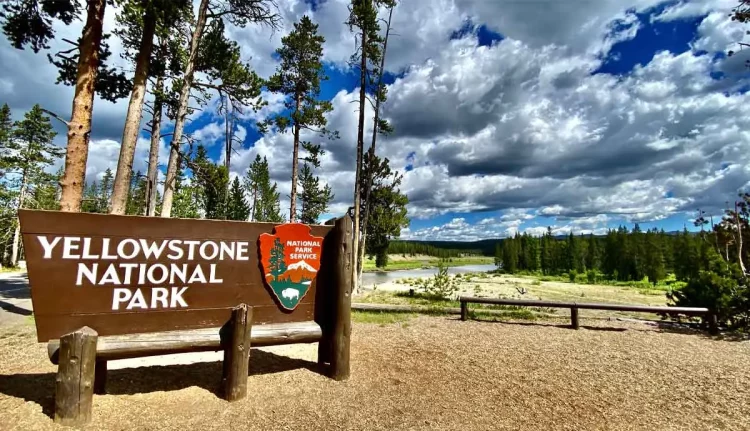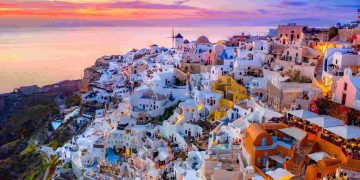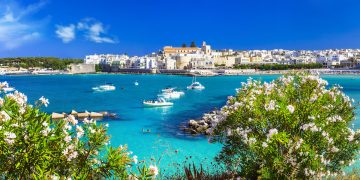Yellowstone National Park, established in 1872 as the first national park in the world, is not just a geographical marvel—it is a cultural treasure trove. Spanning over 2.2 million acres across Wyoming, Montana, and Idaho, Yellowstone is home to rich traditions, indigenous heritage, and diverse cultural practices shaped by history and human interaction with nature. This article explores the cultural practices that define Yellowstone, from Native American legacies to contemporary conservation ethics, shedding light on the park’s role as a cultural and ecological icon.
1. Indigenous Heritage: The Original Custodians
Long before Yellowstone became a national park, it was the ancestral land of various Native American tribes who lived, hunted, and practiced their spiritual traditions here for over 11,000 years. Their cultural practices remain an integral part of Yellowstone’s identity.
Key Tribes Associated with Yellowstone
- Shoshone: Known for their use of obsidian from Yellowstone to craft tools and weapons.
- Crow: Called the area home and viewed Yellowstone’s landscapes as sacred.
- Blackfeet and Flathead: Frequently traveled through the region, hunting and gathering resources.
Spiritual Connection
- Native tribes often regarded Yellowstone as sacred, attributing spiritual significance to its geothermal features like geysers and hot springs.
- Rituals and ceremonies were performed to honor the land, water, and wildlife.
Cultural Continuity
- Despite displacement during the park’s establishment, efforts are being made to acknowledge and preserve indigenous contributions, including collaborations with tribal communities to incorporate their history into visitor education.
2. Yellowstone as a Cultural Landscape
Yellowstone’s designation as a national park set a precedent for conservation and cultural preservation worldwide. Over the years, its landscape has become a canvas for cultural expressions and practices.
Cultural Landmarks
- Obsidian Cliff: A prehistoric quarry site used by Native Americans for thousands of years.
- Mammoth Hot Springs: Historically significant as a gathering site for indigenous people and later as a settlement for park officials.
- Historic Lodges: Structures like the Old Faithful Inn embody early 20th-century park architecture and reflect the cultural shift toward wilderness tourism.
Geothermal Wonders as Cultural Symbols
- Geysers like Old Faithful and colorful hot springs such as Grand Prismatic Spring are more than natural phenomena; they symbolize the untamed beauty that inspired the conservation movement.
3. Conservation as a Cultural Practice
The establishment of Yellowstone as the first national park initiated a global movement to protect natural areas. Conservation has since become a defining cultural practice within the park.
Early Conservation Efforts
- The U.S. Army managed Yellowstone from 1886 to 1918, protecting it from poachers and vandalism.
- Conservationists like Theodore Roosevelt and John Muir championed policies that safeguarded Yellowstone’s ecosystem.
Modern Conservation Practices
- The park implements sustainable tourism, including eco-friendly infrastructure and waste management.
- Wildlife management programs, such as the reintroduction of wolves in 1995, exemplify Yellowstone’s commitment to restoring ecological balance.
Cultural Impact
- Conservation practices in Yellowstone have inspired national parks worldwide, embedding the idea of preserving natural and cultural heritage for future generations.
4. Artistic and Literary Inspirations
Yellowstone has long been a muse for artists, writers, and photographers, whose works have immortalized its beauty and cultural significance.
Early Depictions
- Artists like Thomas Moran and photographer William Henry Jackson played a pivotal role in documenting Yellowstone’s landscapes, influencing Congress’s decision to establish the park.
Literary Contributions
- Writers like Rudyard Kipling and Wallace Stegner have captured Yellowstone’s essence in their works, blending natural descriptions with cultural commentary.
Cultural Practices in Art
- Yellowstone-themed art often emphasizes humanity’s relationship with nature, encouraging reflection on conservation and coexistence.
5. Visitor Engagement: A Modern Cultural Practice
Tourism in Yellowstone is more than recreation; it’s an immersive cultural experience that connects visitors to the park’s history, traditions, and environment.
Ranger Programs
- Park rangers conduct educational programs, blending natural history with cultural narratives.
- Topics include indigenous heritage, wildlife behavior, and geothermal features.
Cultural Festivals and Events
- Winterfest: Celebrates Yellowstone’s winter beauty with activities like snowshoeing and wildlife talks.
- Heritage Days: Highlights the park’s history, including indigenous contributions and early conservation efforts.
Visitor Etiquette
- Cultural practices emphasize respect for the park’s natural and historical features, encouraging visitors to follow Leave No Trace principles.

6. The Role of Science in Yellowstone’s Cultural Identity
Scientific exploration is deeply ingrained in Yellowstone’s culture, with the park serving as a living laboratory for researchers.
Geothermal Research
- Yellowstone’s geothermal features are studied to understand Earth’s volcanic activity and climate systems.
Wildlife Studies
- Research on species like bison, grizzly bears, and wolves has shaped conservation strategies worldwide.
Cultural Implications
- Scientific findings are shared with the public through exhibits, fostering a culture of curiosity and environmental stewardship.
7. Culinary Practices: A Taste of Yellowstone
Food and beverage culture in Yellowstone reflects its rugged history and regional flavors.
Local Ingredients
- Menus often feature regional specialties like trout, bison, and huckleberries.
Historic Dining
- Historic lodges like the Old Faithful Inn serve meals inspired by early park traditions, blending nostalgia with modern tastes.
Cultural Importance
- Dining in Yellowstone is more than sustenance; it’s a cultural ritual that connects visitors to the park’s heritage.
8. Challenges to Cultural Practices
Yellowstone faces ongoing challenges in preserving its cultural identity amidst modern pressures.
Overtourism
- Increasing visitor numbers strain the park’s resources and risk diluting its cultural heritage.
Climate Change
- Rising temperatures threaten Yellowstone’s ecosystems and the cultural practices tied to them.
Balancing Development and Preservation
- Efforts to modernize infrastructure must align with the park’s commitment to conservation and cultural integrity.
9. Yellowstone’s Global Cultural Impact
Yellowstone’s legacy extends far beyond its borders, influencing cultural practices worldwide.
Inspiring National Parks
- Yellowstone’s model has been replicated globally, from Serengeti National Park in Tanzania to Banff National Park in Canada.
Cultural Diplomacy
- The park fosters international collaboration on conservation, showcasing the cultural value of protecting natural heritage.
10. Conclusion
Yellowstone National Park is more than a natural wonder—it is a cultural institution that embodies humanity’s evolving relationship with the environment. From indigenous traditions to modern conservation efforts, Yellowstone’s cultural practices reflect its role as a bridge between past and present, nature and humanity. As visitors engage with its landscapes, history, and traditions, they become part of a living legacy that continues to inspire and educate. So, what cultural practices define Yellowstone National Park’s unique identity? The answer lies in its rich tapestry of history, art, science, and community, woven together in one of the world’s most extraordinary places.





















